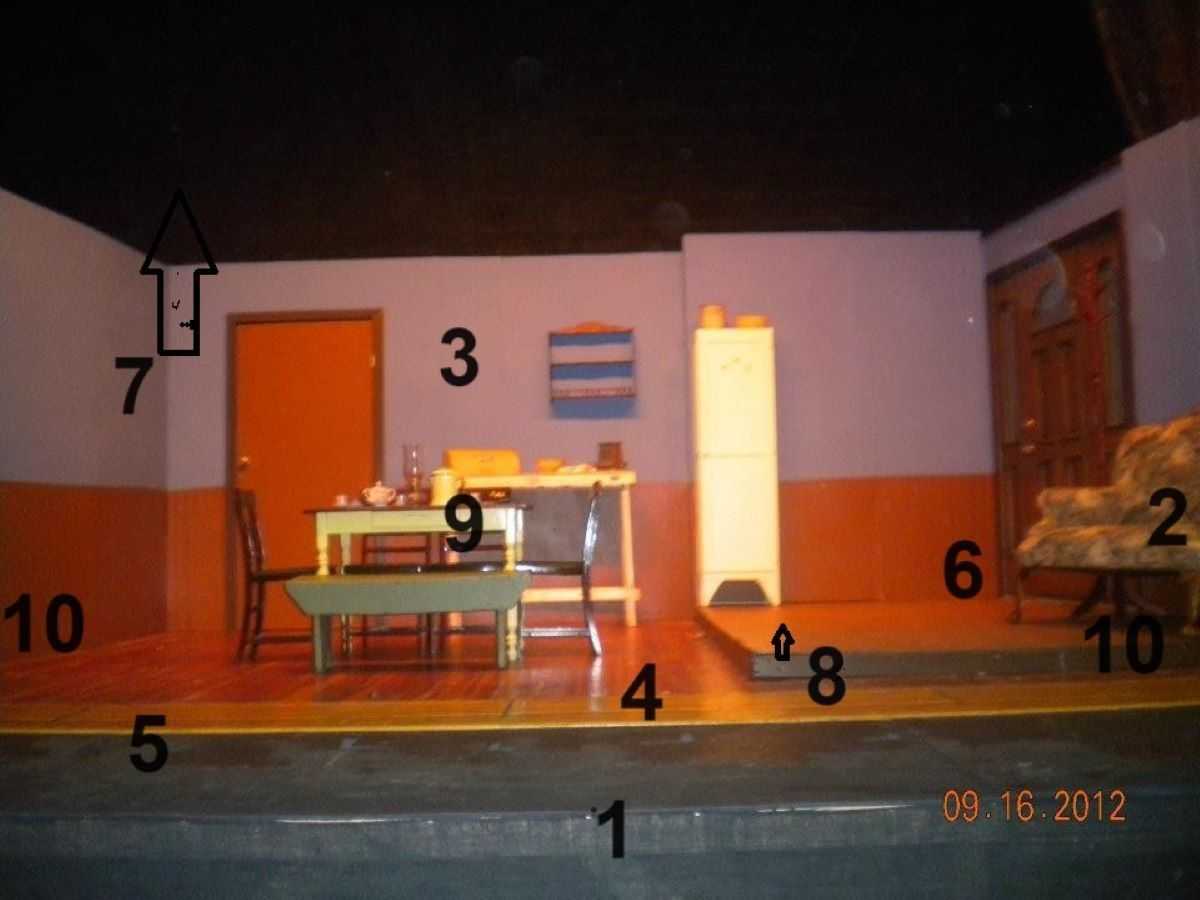
Label the Stage Trivia Quiz
This is a stage from a community theatre. I have placed ten numbers on it. The ten is on both sides to show it is all the way across. Look where the number is and the clue given and tell me what part I have labeled in this number.
A label quiz
by Ilona_Ritter.
Estimated time: 3 mins.
